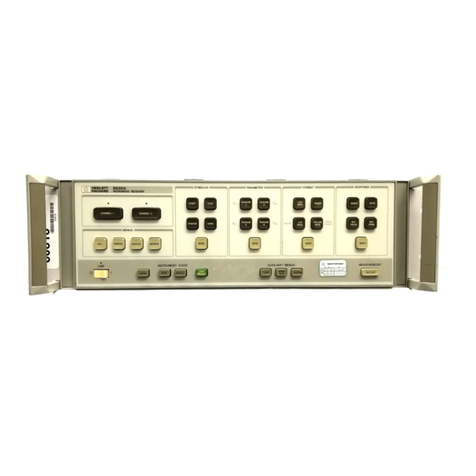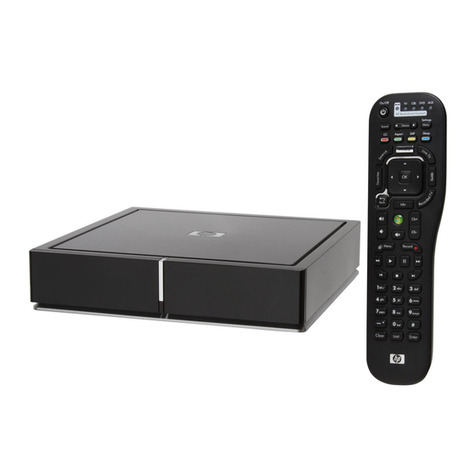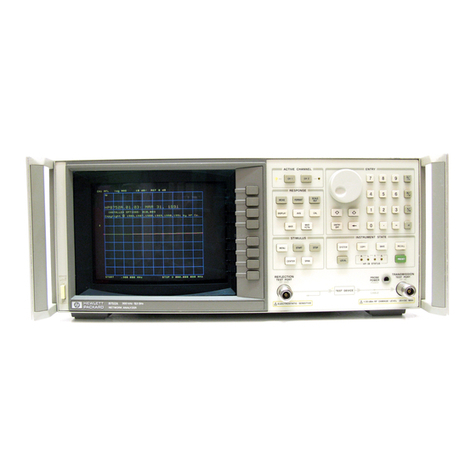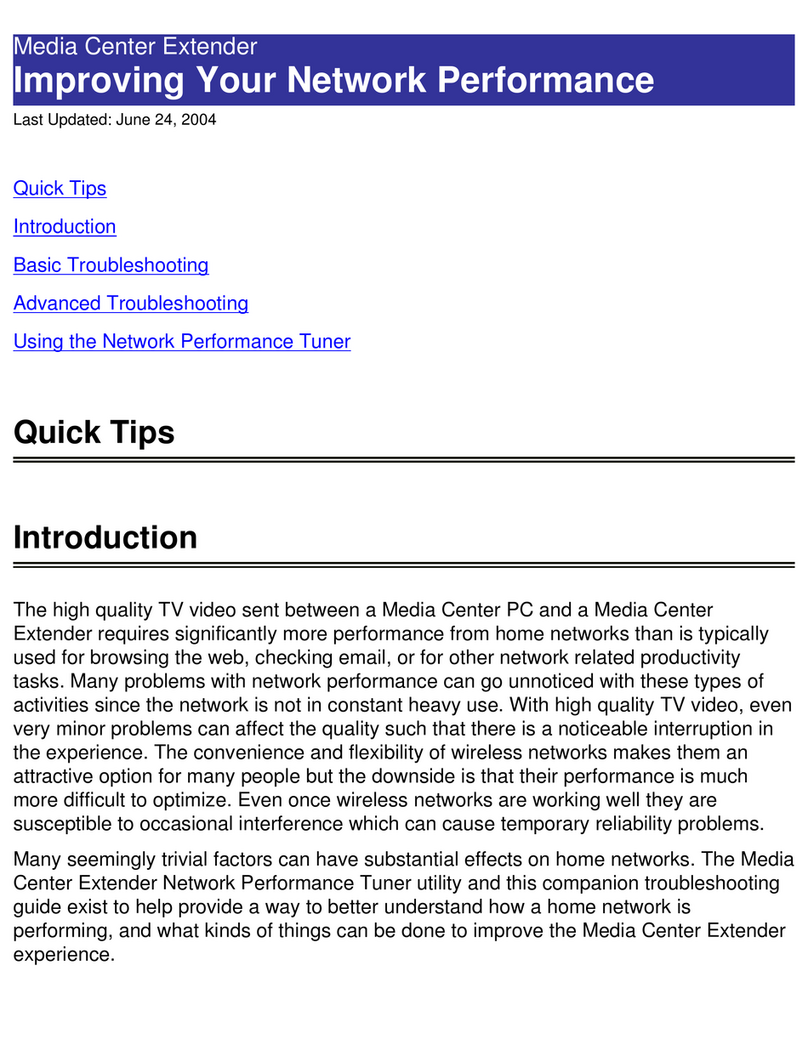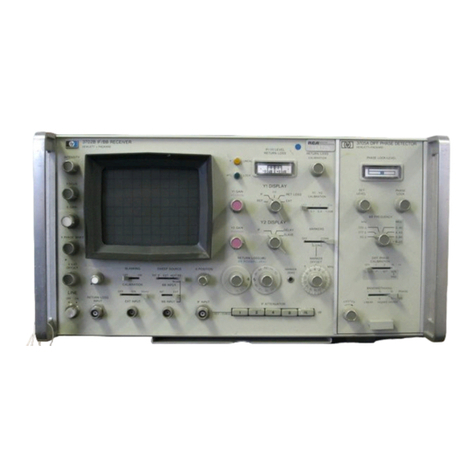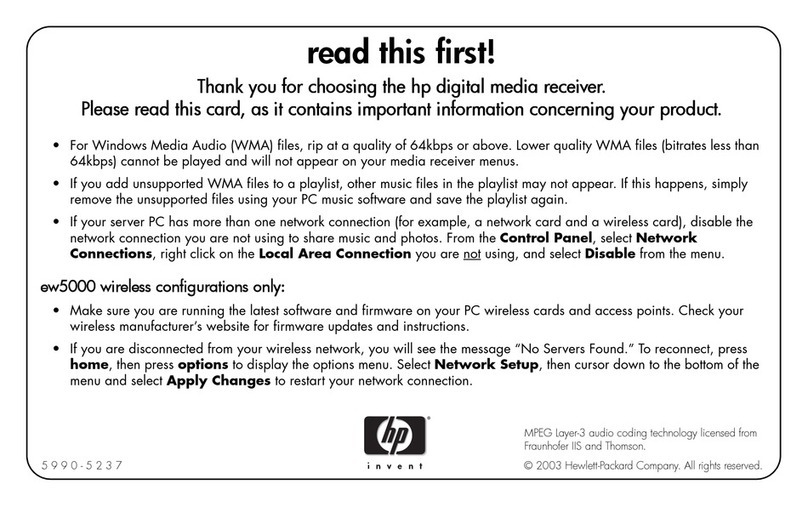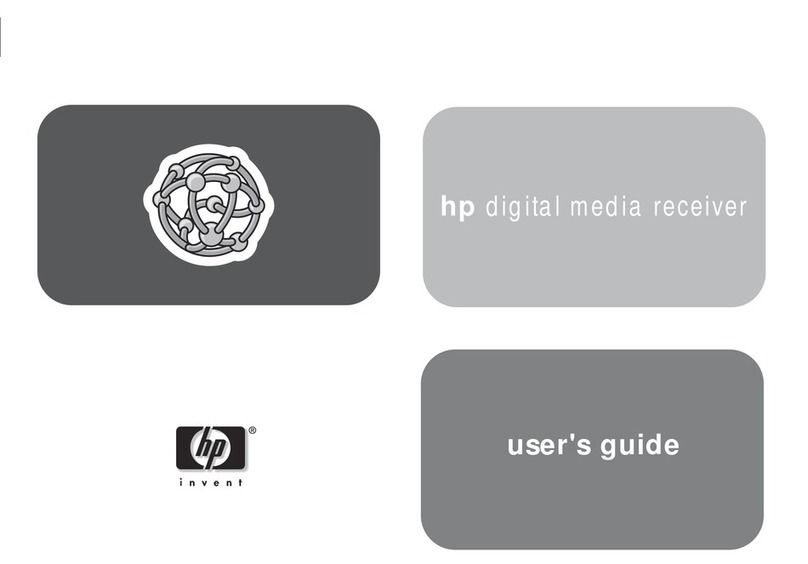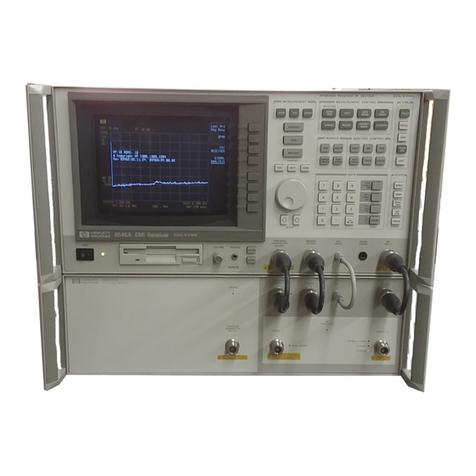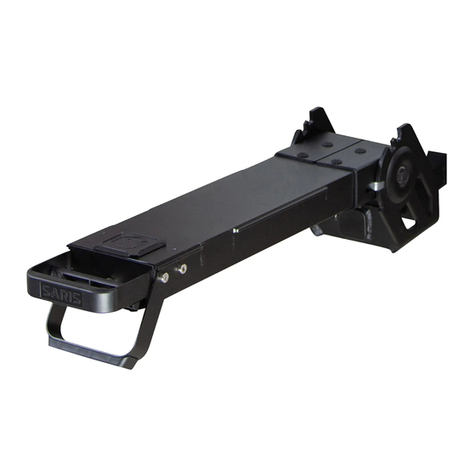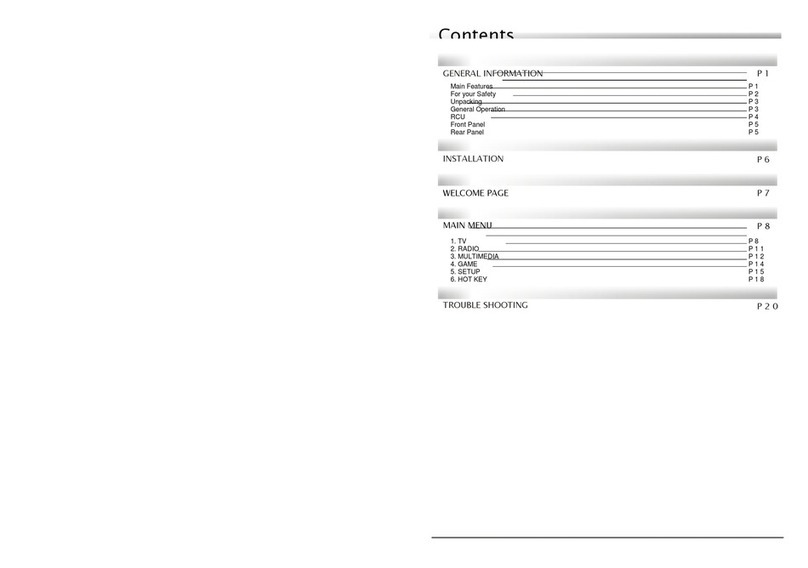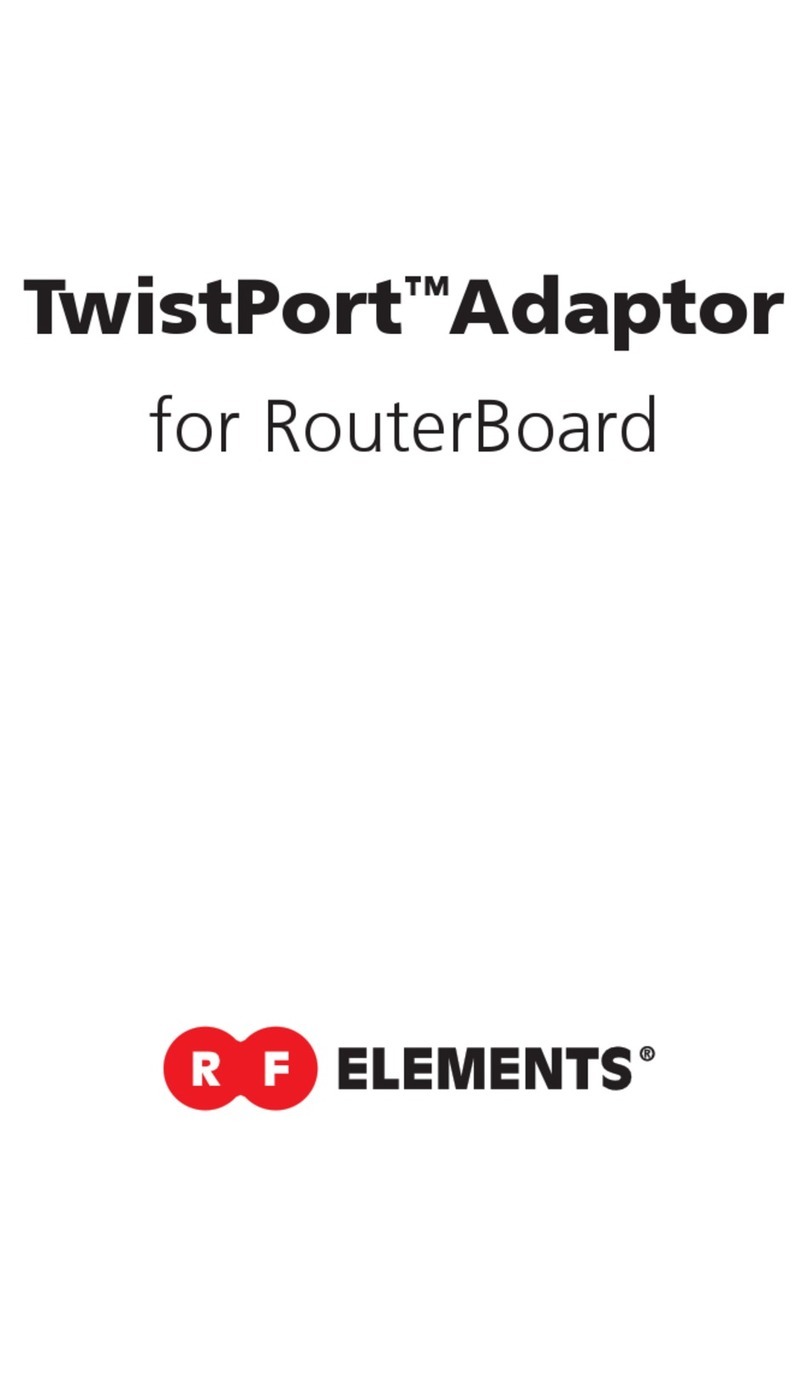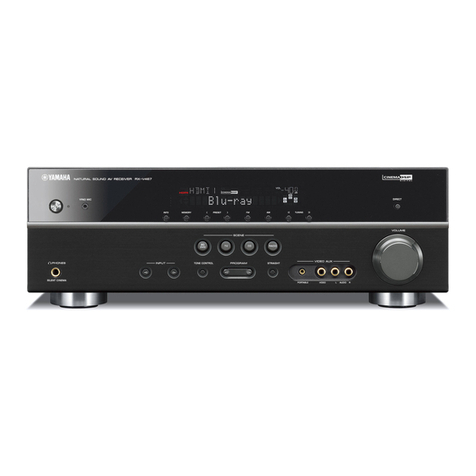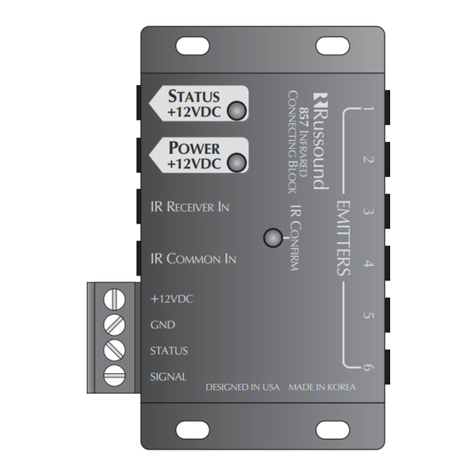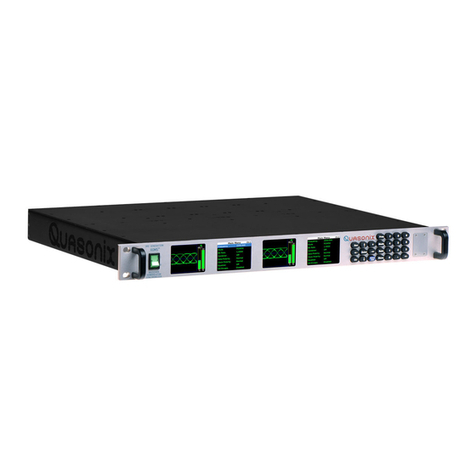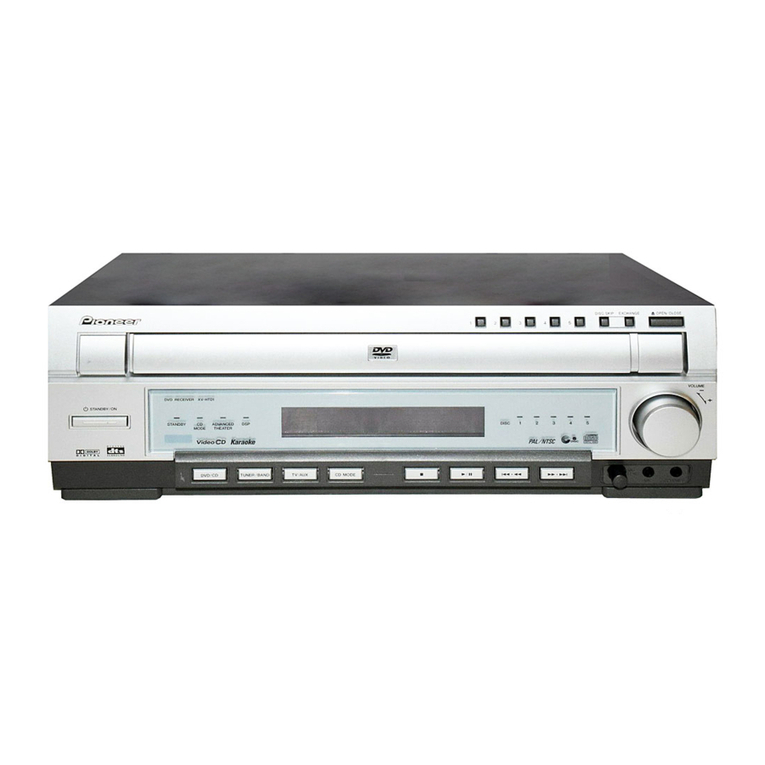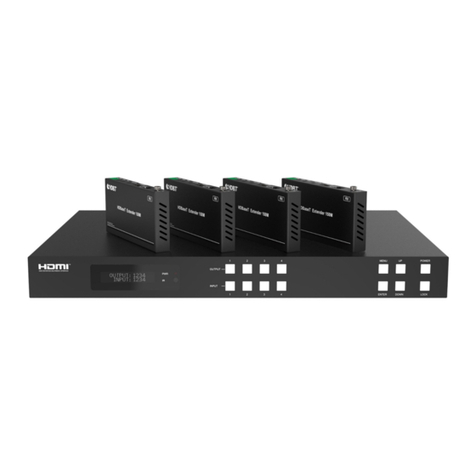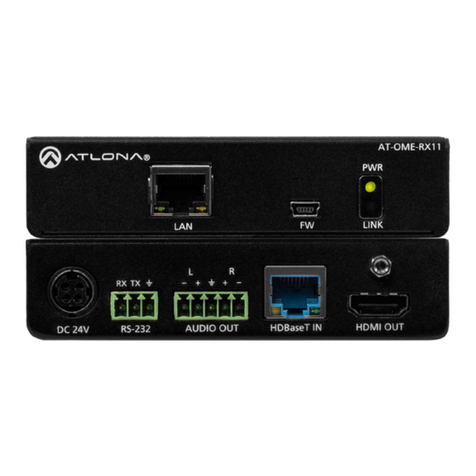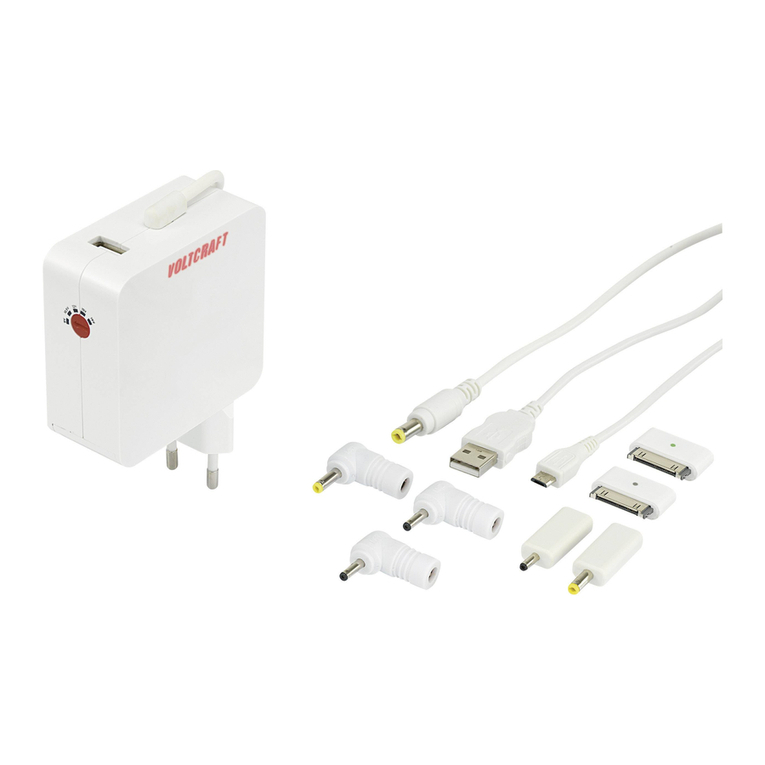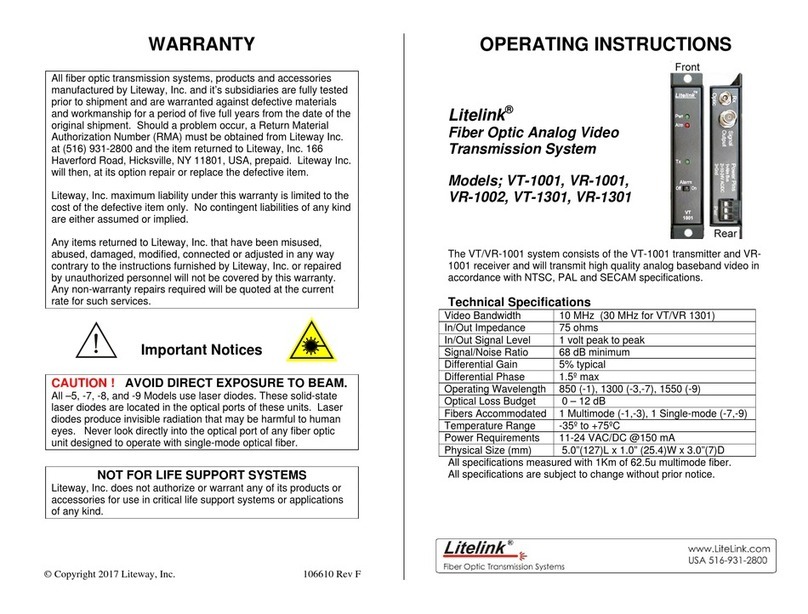
General Safety Considerations
WARNI NG
This is a Safety Class I product (provided with a protective earthing
ground incorporated in the power cord). The mains plug shall only be
inserted in a socket outlet provided with a protective earth contact.
Any interruption of the protective conductor inside or outside of the
instrument is likely to make the instrument dangerous. Intentional
interruption is prohibited.
WARNI NG
Before this instrument is switched on
, make sure it has been properly
grounded through the protective conductor of the ac power cable to a
socket outlet provided with protective earth contact. Any interruption
of the protective (grounding) conductor, inside or outside the instrument,
or disconnection of the protective earth terminal can result in personal
injury.
WARNI NG
Light energy connected to the instrument's
OPTICAL IN
connector
radiates from the instrument's
OPTICAL OUT
connector. It is only slightly
attenuated.
WARNI NG
If this instrument is not used as specied, the protection provided by the
equipment could be impaired. This instrument must be used in a normal
condition (in which all means for protection are intact) only
.
WARNI NG
There are many points in the instrument which can, if contacted, cause
personal injury. Be extremely careful. Any adjustments or service
procedures that require operation of the instrument with protective
covers removed should be performed only by trained service personnel.
WARNI NG
No operator serviceable parts inside. Refer servicing to qualied
personnel. To prevent electrical shock, do not remove covers
.
WARNI NG
For continued protection against re hazard, replace line fuse only with
same type and ratings. The use of other fuses or materials is prohibited.
CAUTI ON
Always use the three-prong AC power cord supplied with this instrument.
Failure to ensure adequate earth grounding by not using this cord may cause
instrument damage.
v
